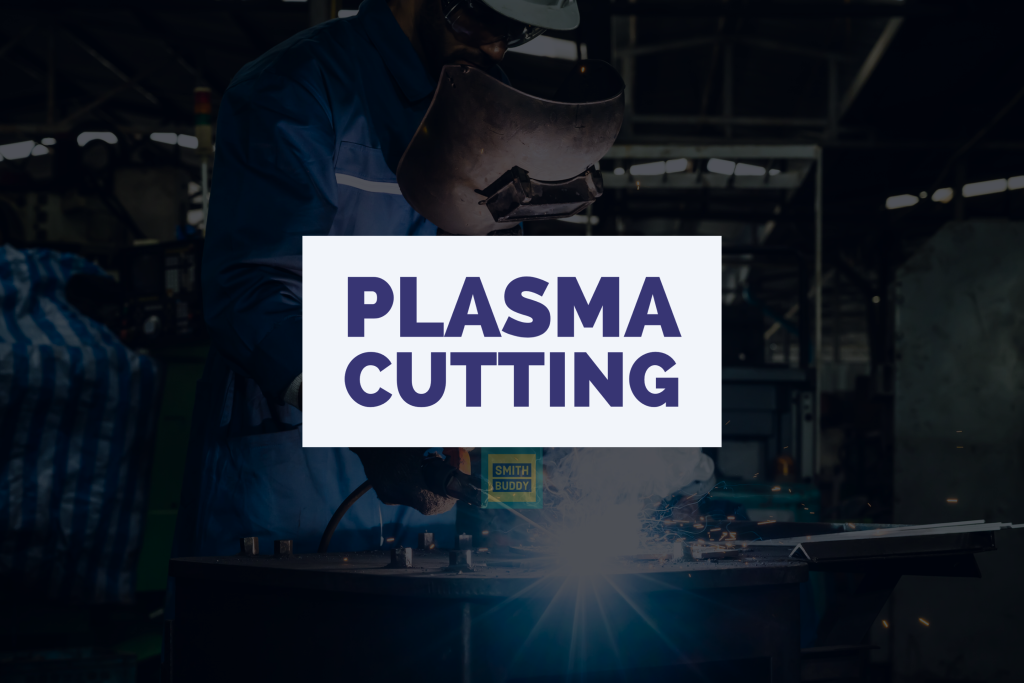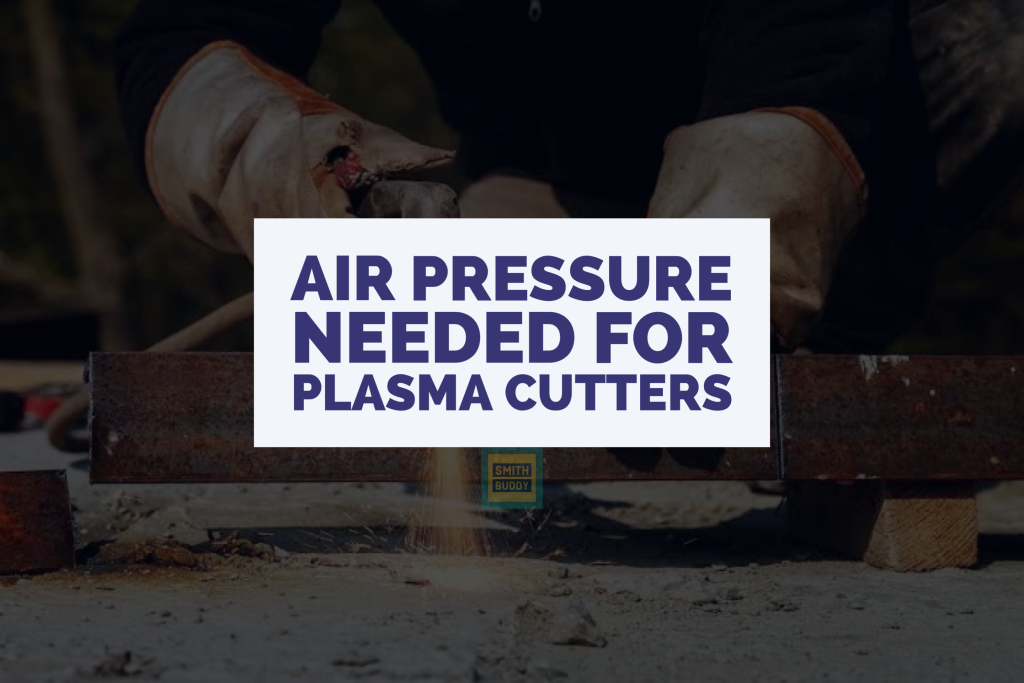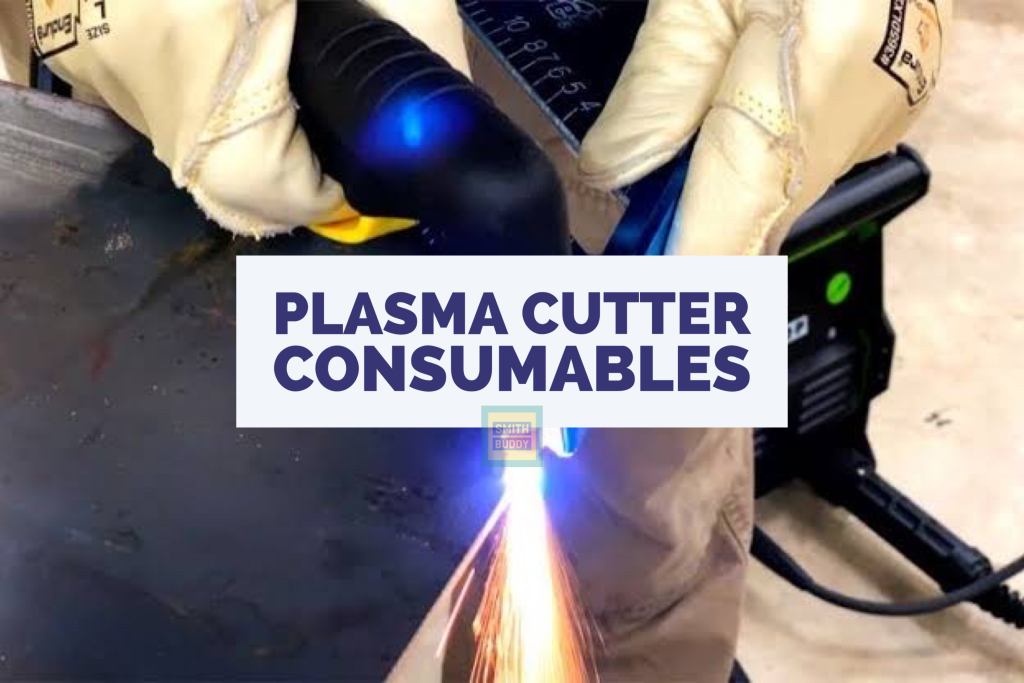If you are experiencing the plasma tips melting while cutting the metal sheet with a plasma cutter, this article is for you.
As a plasma cutter user or a professional metal fabrication expert, you may have experienced the inconvenience of plasma tips melting. This issue can significantly reduce the efficiency and precision of your work. This in-depth blog will provide a comprehensive guide to troubleshooting plasma tip melting, including detailed explanations, case studies, and practical tips to resolve the problem.
Common causes
Plasma tips melting occurs when the plasma tip overheats, causing the metal to melt and deform. This can affect the performance and precision of your plasma cutter, leading to poor cut quality, increased downtime, and higher costs for consumables. Understanding the root causes and identifying the appropriate troubleshooting techniques can help you mitigate this issue and improve your cutting performance.

Excessive Amperage
Operating your plasma cutter at higher amperages than recommended for the specific tip can lead to overheating and melting. Refer to your plasma cutter’s user manual to determine the appropriate amperage settings for your consumables.
Have a look on plasma cutter amp thickness chart for better help.
Here’s a case study:
A metal fabrication shop noticed frequent plasma tip melting, leading to increased downtime and consumable costs. Upon investigation, they discovered that their operators were consistently using amperage settings higher than recommended for their consumables. After adjusting the amperage settings to the appropriate levels, the instances of plasma tip melting significantly decreased.
To us – these have been the best plasma cutters so far.
Inadequate Airflow
Insufficient airflow through the plasma torch can cause the tip to overheat. This may be due to inadequate air pressure or a clogged air filter. Regularly inspect and clean the air filter and ensure the air pressure is set correctly to prevent overheating.
Get help from here and adjust the airflow of your plasma cutter.
A plasma cutter user experienced frequent tip melting and poor cut quality. Upon inspecting their cutting system, they found a clogged air filter that was reducing airflow. After cleaning the filter and ensuring proper air pressure, the tip melting issue was resolved, and cut quality improved.
Incorrect Standoff Distance
Maintaining the proper standoff distance—the gap between the plasma torch tip and the workpiece—is crucial for optimal cutting performance. Too close a distance can cause excessive heat buildup, while too far can reduce cut quality. Consult your plasma cutter’s user manual for the correct standoff distance for your specific torch and consumables.
A professional metal fabricator experienced poor cut quality and recurring instances of plasma tip melting. They discovered that their operators were maintaining an incorrect standoff distance, causing excessive heat buildup. After retraining the operators on proper standoff distance and torch handling techniques, the instances of tip melting reduced, and the overall cut quality improved.
Here’s a table that recommends the plasma cutter standoff distance for smoother cut.
| Plasma Cutter Type | Amperage Range | Recommended Standoff Distance |
|---|---|---|
| Handheld, Low Amperage | 15-30 A | 1/16 – 1/8 inch (1.5 – 3 mm) |
| Handheld, Medium Amperage | 30-60 A | 1/8 – 3/16 inch (3 – 5 mm) |
| Handheld, High Amperage | 60-100 A | 3/16 – 1/4 inch (5 – 6 mm) |
| CNC, Low Amperage | 15-30 A | 1/16 – 1/8 inch (1.5 – 3 mm) |
| CNC, Medium Amperage | 30-60 A | 1/8 – 3/16 inch (3 – 5 mm) |
| CNC, High Amperage | 60-100 A | 3/16 – 1/4 inch (5 – 6 mm) |
The standoff distance is the gap between the plasma torch tip and the workpiece. It plays a critical role in the quality and efficiency of the cutting process. The recommended standoff distance varies depending on the type of plasma cutter and its amperage range. The table above provides general guidelines for common plasma cutter types and their corresponding amperage ranges.
Handheld plasma cutters are typically used for manual cutting operations, while CNC plasma cutters are used in computer-controlled cutting systems. The recommended standoff distance for handheld plasma cutters is slightly higher than that for CNC plasma cutters, as handheld operations require more leeway to account for human error and variations in technique.
Low amperage plasma cutters (15-30 A) generally require a smaller standoff distance (1/16 – 1/8 inch or 1.5 – 3 mm) to maintain a stable arc and ensure precise cuts. Medium amperage plasma cutters (30-60 A) have a recommended standoff distance of 1/8 – 3/16 inch (3 – 5 mm), while high amperage plasma cutters (60-100 A) require a standoff distance of 3/16 – 1/4 inch (5 – 6 mm).
Please note that these values are general guidelines and may vary depending on the specific plasma cutter model and consumables used. Always refer to your plasma cutter’s user manual for the manufacturer’s recommended standoff distance and other cutting parameters.
Worn-Out Consumables
Using worn or damaged consumables can lead to poor cutting performance and overheating of the plasma tip. Regularly inspect and replace consumables, such as the tip, electrode, and shield, as needed.
Poor Torch Technique
Holding the plasma torch at an improper angle or moving it too slowly can cause excessive heat buildup and tip melting. Practice proper torch handling techniques to ensure smooth, efficient cutting.
Best Practices to Prevent Plasma Tips Melting
To minimize the risk of plasma tips melting and ensure optimal cutting performance, follow these best practices:
Use the correct amperage settings for your specific consumables.
Each consumable set is designed to work within a specific amperage range to ensure efficient and precise cutting. Using a higher amperage than recommended may cause the plasma tip to overheat and melt. To avoid this, always refer to your plasma cutter’s user manual or the consumables packaging for the recommended amperage settings, and adjust your plasma cutter accordingly.
Maintain proper airflow
Adequate airflow is essential for keeping the plasma tip cool and preventing overheating. Regularly inspect your plasma cutter’s air filter for dirt, debris, and other obstructions. Clean or replace the filter as needed to ensure optimal airflow. Additionally, make sure the air pressure settings are within the recommended range for your specific plasma cutter model, as specified in the user manual.
Adhere to the recommended standoff distance
The standoff distance plays a crucial role in maintaining the proper temperature and arc stability during the cutting process. Too close a distance may cause excessive heat buildup, leading to plasma tip melting. On the other hand, too far a distance can result in a less stable arc and reduced cut quality. Always maintain the manufacturer-recommended standoff distance for your specific plasma torch and consumables.
Regularly inspect and replace worn or damaged consumables.
Using worn or damaged consumables can affect the overall performance of your plasma cutter and increase the risk of plasma tip melting. Frequently inspect your plasma tip, electrode, and shield for signs of wear or damage. Replace consumables as needed to ensure optimal cutting performance and prevent overheating.
Practice proper torch handling techniques
Improper torch handling can lead to excessive heat buildup and tip melting. To avoid this, always maintain a consistent torch angle throughout the cutting process. This ensures an even distribution of heat and reduces the risk of overheating. Additionally, move the torch at a steady, appropriate speed to maintain a stable arc and prevent excessive heat accumulation. This speed may vary depending on the thickness of the material being cut and the specific plasma cutter model. Consult your plasma cutter’s user manual for guidance on proper torch handling techniques and cutting speeds.
Common Torch Handling Mistakes
Proper torch handling techniques are essential for efficient and precise plasma cutting. However, it’s not uncommon for operators to make mistakes that can lead to reduced cut quality, increased consumable wear, and even plasma tip melting. Here are some common mistakes made while practicing torch handling techniques:
1. Inconsistent Torch Angle
Maintaining a consistent torch angle is crucial for a stable arc and even heat distribution during cutting. An inconsistent angle can cause uneven cuts, increased dross, and excessive heat buildup. Common mistakes include tilting the torch too far forward or backward, or frequently changing the angle during the cutting process. The ideal torch angle is typically 90 degrees (perpendicular) to the workpiece, although some situations may require a slight drag or push angle.
2. Incorrect Standoff Distance
As mentioned earlier, maintaining the proper standoff distance is vital for optimal cutting performance. A common mistake is holding the torch too close to or too far away from the workpiece, which can lead to overheating, plasma tip melting, or poor cut quality. Always refer to your plasma cutter’s user manual for the recommended standoff distance for your specific torch and consumables.
3. Inappropriate Cutting Speed
Moving the torch at the correct speed is essential for achieving clean, precise cuts. Moving too slowly can cause excessive heat buildup and tip melting, while moving too quickly can lead to an unstable arc and reduced cut quality. A common mistake is not adjusting the cutting speed according to the material thickness and plasma cutter model. Consult your plasma cutter’s user manual for guidance on appropriate cutting speeds for various materials and thicknesses.
4. Inadequate Preheating or Piercing Technique
When starting a cut, it’s essential to preheat the material and pierce it properly to avoid damaging the consumables and reducing cut quality. Common mistakes include starting the cut without preheating the material or attempting to pierce the material at an angle. Always preheat the material according to the manufacturer’s recommendations and pierce the material perpendicular to the surface to ensure a clean, precise cut.
5. Not Securing the Workpiece
An unsecured workpiece can move during the cutting process, leading to inconsistent cuts and potential torch damage. A common mistake is not clamping or securing the workpiece properly before cutting. Always secure the workpiece using clamps, jigs, or other suitable fixtures to prevent movement during the cutting process.
By being aware of these common mistakes and practicing proper torch handling techniques, you can significantly improve your plasma cutting efficiency, precision, and overall performance. Regularly review and refine your torch handling skills to ensure the best possible cutting results.
Conclusion
Plasma tips melting can significantly impact the efficiency, precision, and overall performance of your plasma cutting system. By understanding the common causes of this issue and employing the troubleshooting techniques and best practices outlined in this blog, you can effectively minimize the occurrence of plasma tips melting and optimize your cutting performance.
Whether you are a plasma cutter user or a professional metal fabrication expert, having a solid understanding of the factors that contribute to plasma tips melting will help you maintain your equipment, improve cut quality, and reduce downtime. Remember to consult your plasma cutter’s user manual for specific recommendations regarding consumables, amperage settings, and standoff distances to ensure the best possible cutting results.





